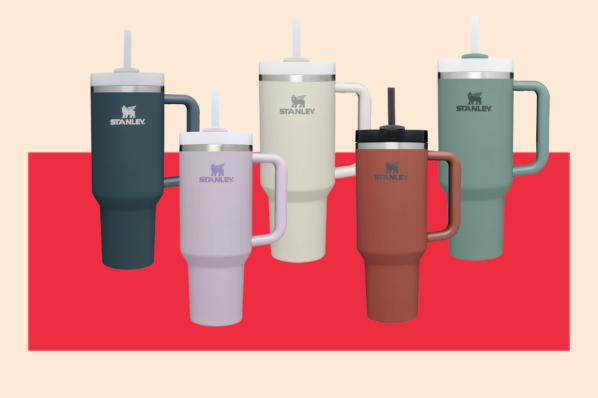Every few years there’s a new buzzy fad in the wellness space that fuels industry growth. So far in 2023, Ozempic has taken the crown — and it has the potential to change marketing in the wellness industry.
What is Ozempic and how did it get so popular?
Ozempic, which was introduced in 2018, is a brand of semaglutide medication that was approved by the FDA for the treatment of type 2 diabetes. These injectable drugs promote insulin sensitivity to lower blood sugar levels and suppress appetite.
While it’s intended to help manage diabetes, many people who take it experience weight loss as a side effect. In 2022, the medication exploded in popularity when news of its weight-loss enablement went mainstream.
By August of last year, the FDA declared a of the medication due to a surge in usage for weight loss. With supply unable to meet demand, some diabetes patients who took Ozempic for its intended purpose were the meds they needed.
Though Ozempic is often used as an umbrella term to describe semaglutide medications, there are other drugs on the market that offer similar effects.
Wegovy is another brand name for semaglutide that is approved specifically for weight loss, offering a higher dosage level than Ozempic. This medication has also experienced shortages due to popularity, causing the drug maker to .
Factors that contributed to the drug shortage include:
- Publicized celebrity usage: celebrities such as Elon Musk and Chelsea Handler have admitted to using forms of semaglutide.
- Social media: Ozempic has become a trending topic on TikTok, with the surpassing 1.1 billion views.
- Telehealth: patients now have easier access to weight loss medication prescriptions without waiting for a doctor’s appointment.
…Speaking of Telehealth
Earlier this year, telehealth startup Ro ran a campaign of over 1,000 ads to promote its which offers a prescription to Wegovy along with weight loss coaching. The campaign included , , and signage at New York subway .

Other players in the weight loss industry have also announced plans to add weight loss drug subscriptions to their suite of services.
Weight loss startup Noom recently the launch of Noom Med, a telehealth service that will offer prescriptions for drugs like Wegovy. Since its launch in 2016, Noom has predominantly focused on helping users lose weight through behavior changes. The shift to include weight loss drugs feels like a departure from the brand’s initial mission.
Similarly, WW (formerly known as Weight Watchers) a telehealth service called Sequence which also offers prescriptions for popular injectable weight loss drugs. Prior to the acquisition WW was most commonly known for encouraging calorie-conscious diets and exercise to lose weight.
Both Noom and WW appear to be taking strides to remain relevant with a customer base that has expressed interest in prescribed weight loss support. As evidenced by the recent of Jenny Craig due to financial issues, weight loss companies that fail to evolve with the rapid pace of the wellness industry can put themselves at risk.
Though all Jenny Craig company stores are now closed, the company’s online operations have been acquired by , an Australian-based digital health startup that also offers telehealth prescriptions to…you guessed it…injectible weight loss drugs.
How Ozempic's Popularity Brought Back Marketing “Weight Loss”
In the 2010s, marketing weight loss had lost its appeal. With movements such as body positivity and health and every size picking up steam, diet programs and products promising weight loss seemed to be on their way out.
With a growing emphasis on self-care, people seemed to reach a point of dieting fatigue. On social media and beyond, conversations about anti-fat bias became more widespread and openly marketing or even discussing “weight loss” began to feel . This led to a period of for companies like WW. During this time period wellness marketing began emphasizing terms like “strong” and “holistic” instead of “weight loss” or “dieting.”
So what changed?
Though conversations about anti-fat bias have been amplified over the past few years, the bias itself is alive and well. For those still interested in losing weight the effectiveness of these new weight loss drugs has been pretty convincing.
Behavioral approaches to weight loss typically result in a reduction of around after six months, which is often gained back within two years.
Using injectable weight loss drugs, people lose around and can keep it off as long as they continue using medication (preliminary research suggests people tend to when they discontinue use).
The recent Ozempic craze is in part being fueled by the persuasive nature of diet culture, and weight loss companies that are eager to market these medications in hopes of cashing in after a period of decline.


![Bluesky is Now Open to the Public. Should your business be there? [Expert Interview]](https://www.hubspot.com/hubfs/bluesky-is-open-to-the-public.png)








